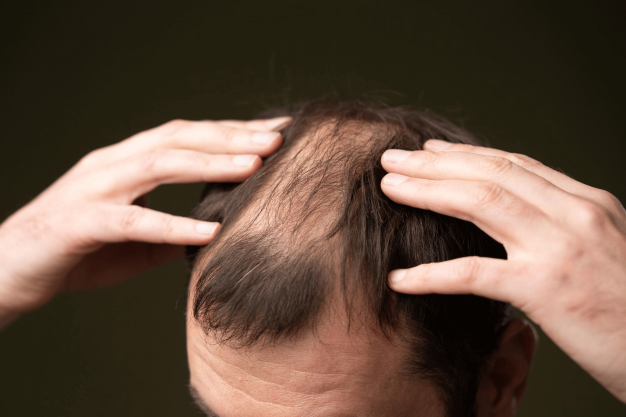
Causes of hair falling out
Losing hair is a problem that many people experience, and it can be caused by a variety of factors. Understanding the causes of hair loss can help Effective treatmentand how to prevent it.
Hormonal Changes
Genetic Factors
Stress
Nutritional Deficiencies
Diseases and Medications
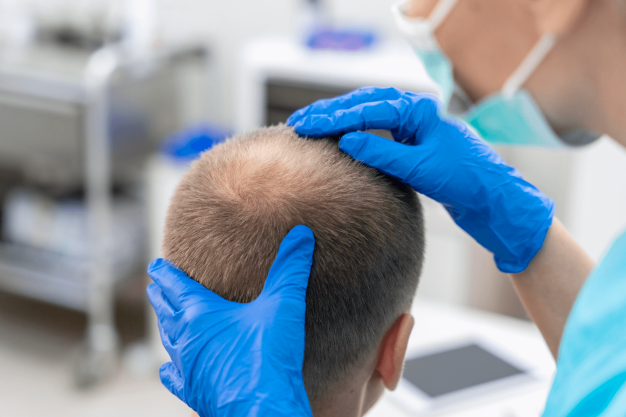
Recognize the symptoms of hair loss
Thinning Hair
Gradually thinning hair can be an early symptom of hair loss. You may notice that your scalp becomes more visible and your hair density decreases.
Reduced Hair on the Crown and Hairline
Male pattern baldness usually starts at the crown and hairline. You may observe receding hairlines and thinning at the crown. Female pattern baldness typically presents as thinning hair along the part line.
Sudden Hair Loss
Sudden, extensive hair shedding can occur due to stress or certain illnesses. This condition, known as telogen effluvium, often resolves once the underlying cause is addressed.
Alopecia Areata
Alopecia areata causes round patches of hair loss. It is an autoimmune condition where the immune system attacks hair follicles. Early treatment can help recover lost hair.
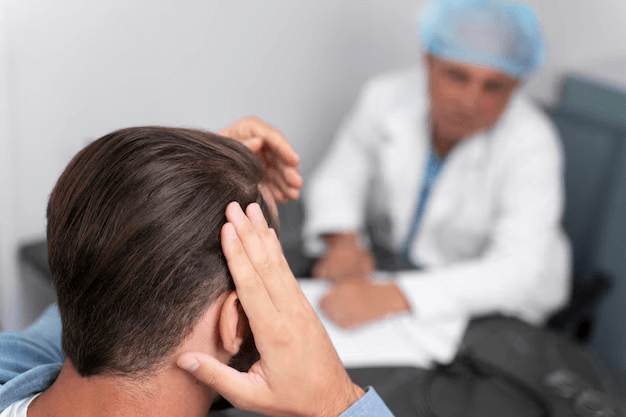
Lifestyle changes to reduce hair shedding
Proper Nutrition
Maintaining a balanced diet rich in proteins, vitamins, and minerals is essential. Iron and vitamin D play crucial roles in hair growth. Include a variety of foods like meat, fish, eggs, green vegetables, and nuts in your diet.
Managing Stress
Manage stress through regular exercise, meditation, and yoga. Stress management improves blood circulation in the scalp and promotes hair growth. Adequate sleep is also important for overall health.
Proper Hair Care Habits
Avoid washing your hair too frequently or using hot water, as this can dry out your scalp and weaken your hair. Use lukewarm water instead, and apply a moisturizer to your scalp after washing. Also, handle your hair gently, avoiding rough towel drying or harsh brushing. TERS Tellus Nine Seed Oil Hair Essencecan help repair damaged hair, with vitamin E regenerating damaged cuticles, leaving hair smooth and shiny. Use this essence to protect and nourish your hair.
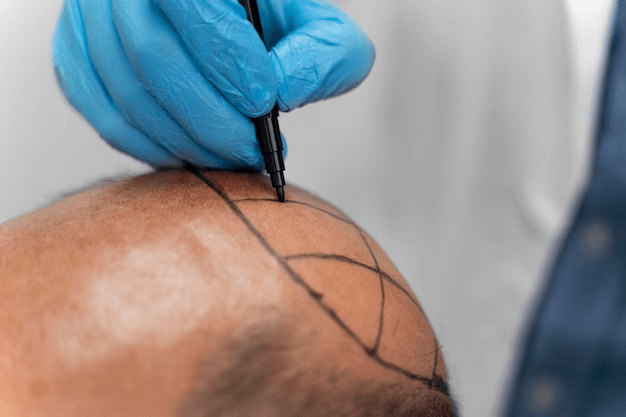
Effective remedies for hair falling out
When more and more hair is falling out, it can be improved with the right treatment. There are several treatment options available, and it's important to choose the right one for your situation.
Medication
Medications such as minoxidil and finasteride are commonly used for treating hair loss. Minoxidil can be used by both men and women and is applied directly to the scalp. Finasteride is an oral medication primarily for men, which inhibits the production of DHT.
Scalp Care
Professional scalp care can help prevent and improve hair loss. Scalp massages, nutrient supply, and hair growth stimulation create a healthy scalp environment. DR.SEED Peppermint & Lemon Vegan Cool Hair Loss Shampoorefreshes the scalp, effectively addresses dandruff and flaky scalp issues, and is gentle enough for sensitive scalps, helping maintain a healthy scalp.
Hair Transplantation
Hair transplantation is an option for severe hair loss. Healthy hair follicles are transplanted to thinning or bald areas to promote natural hair growth. Post-transplant care is crucial, and consulting with a specialist is necessary for effective results.
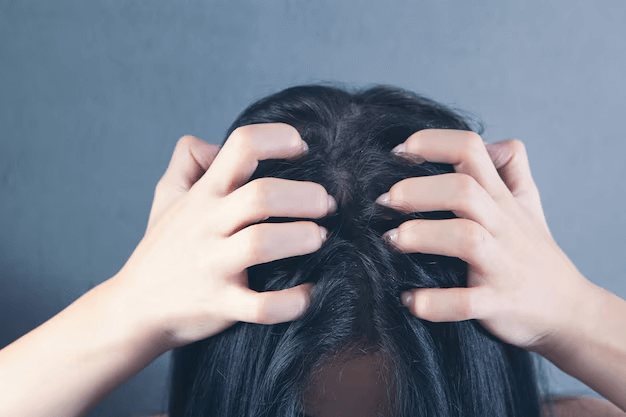
Tips for preventing hair loss
Here are some tips you can implement into your daily routine to prevent hair fall.
Regular Scalp Massage
Scalp massages promote blood circulation and help stimulate hair growth. Spend a few minutes each day gently massaging your scalp with your fingertips. This nourishes hair follicles and maintains a healthy scalp. TALLO Beer Yeast Therapy Scalp Scalereffectively removes accumulated waste and dead skin cells from the scalp while providing a cooling sensation, enhancing blood circulation and creating a healthy scalp environment.
Use Natural Shampoos and Treatments
Using shampoos and treatments with natural ingredients can reduce scalp and hair irritation and maintain a healthy condition. Choose products with fewer chemical additives to protect your hair and scalp.
Reduce Use of Hair Styling Tools
Heat-based hair styling tools can damage hair. Minimize the use of hair dryers, straighteners, and curling irons, and opt for air-drying when possible. Use heat protectants when styling to shield your hair from damage.
Avoid Tight Hats and Hair Ties
Frequent use of tight hats or hair ties can stress the scalp and hair. Loose hairstyles are preferable to prevent hair breakage.
